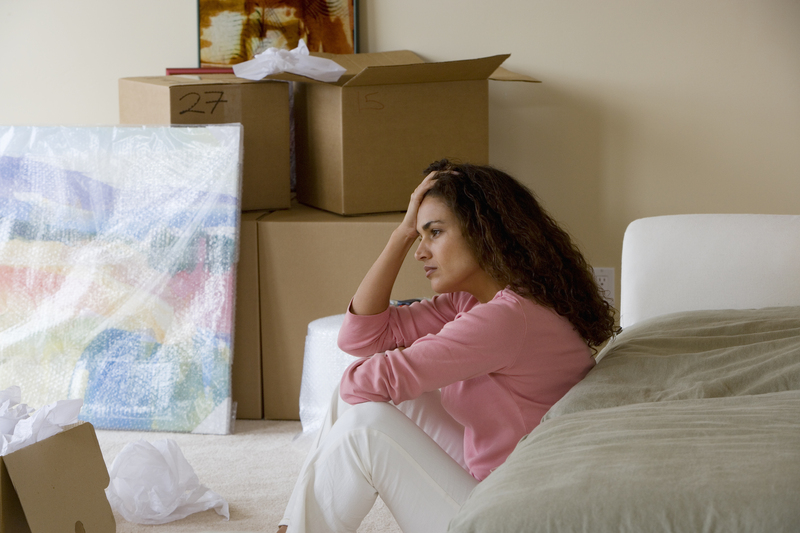Vase Packing Instructions
Posted on 12/11/2024
Vases are often cherished for their aesthetic value and sentimental worth. Whether you are moving, sending a gift, or simply storing your vases, packing them properly is essential to prevent breakage and damage. This article will provide comprehensive Vase Packing Instructions to ensure your precious items are well-protected.
Materials Required
Before diving into the actual packing process, you need to gather the essential materials. Here is a list of items you will need:
- Sturdy cardboard boxes
- Bubble wrap or packing paper
- Scissors
- Packaging tape
- Markers for labeling
- Styrofoam peanuts or other cushioning material
- Plastic bags

Step-by-Step Guide
Step 1: Prepare the Box
The first step in packing a vase is preparing the box. Choose a sturdy cardboard box that is slightly larger than the vase. Reinforce the bottom of the box with packaging tape to add extra strength. This is crucial as the bottom of the box will bear the weight of the vase.
Step 2: Cushion the Bottom
Add a layer of cushioning material, such as Styrofoam peanuts or crumpled packing paper, to the bottom of the box. This base layer acts as a shock absorber, protecting the vase from impacts and vibrations.
Step 3: Wrap the Vase
Next, wrap the vase in bubble wrap or packing paper. Start by wrapping the vase in a layer of bubble wrap, securing it with tape. Ensure that all parts of the vase, especially the handles and spout, are well-protected. If you are using packing paper, wrap the vase multiple times for adequate protection.
Special Considerations for Heirloom Vases
Heirloom vases often have intricate designs and fragile components. Here's how you can take extra care:
Step 4: Wrap Components Separately
If your vase has detachable parts like lids or stands, wrap these components separately. Use plastic bags to keep small pieces together and prevent them from getting lost. Place each wrapped component in the box alongside the vase to distribute the weight evenly.
Step 5: Double Box for Extra Safety
For added security, you can double-box your heirloom vase. Place the wrapped vase into a smaller box, add cushioning material around it, and then place this smaller box into a larger one, surrounded by more cushioning material.
Labeling and Final Touches
Step 6: Seal the Box
Once the vase and its components are safely packed, add an additional layer of Styrofoam peanuts or crumpled packing paper on top. Close the box and seal it with packaging tape, ensuring all seams and edges are securely taped.
Step 7: Label the Box
Use a marker to label the box with "Fragile" and "This Side Up" to indicate the correct handling and orientation of the box. Additional details such as "Heirloom Vase" or "Use Caution" can also be added for more specificity.
Shipping Vases
If you are shipping the vase, choose a reliable shipping service that offers insurance and tracking. Inform the shipping company about the fragile nature of the item so they can take extra precautions during transit.

Storing Vases
If your intent is to store the vase, choose a cool, dry location, away from direct sunlight. Moisture and heat can deteriorate both the vase and the packing materials over time.
Step 8: Use a Climate-Controlled Unit
For long-term storage, consider a climate-controlled storage unit to protect your vases from environmental damage.
Conclusion
Packing a vase may seem like a daunting task, but with the right materials and meticulous attention to detail, you can ensure that your vase remains safe and intact. By following these Vase Packing Instructions, you can mitigate the risks of breakage and damage, giving you peace of mind whether you are moving, shipping, or storing your valuable items.
Remember to always err on the side of caution; when in doubt, add more padding and reinforcement. Your vases are worth the extra effort.



















